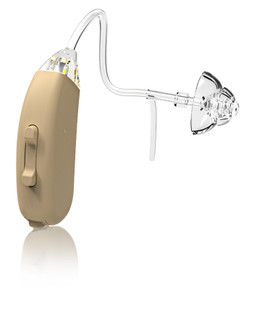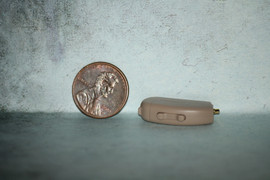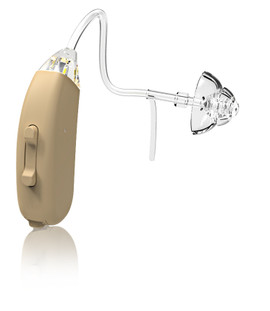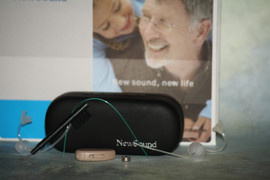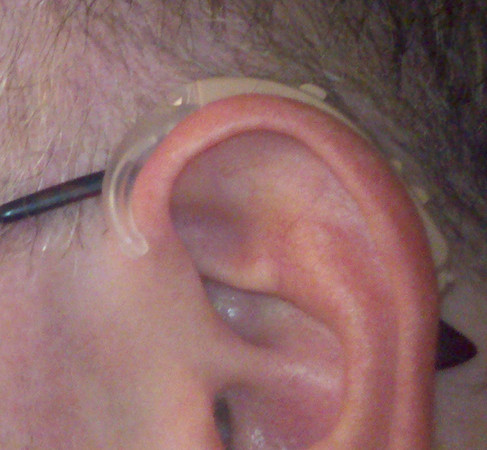The Evolution of Hearing Aids: From Ear Trumpets to Digital Devices
Posted by DR Paul on Jan 11, 2024
Hearing aids have come a long way since the early days of simple ear trumpets. Thanks to advances in technology, they have evolved into high-tech devices that provide a better listening experience than ever before. From early attempts to amplify sound to modern wireless hearing aids that connect to smartphones and tablets, the evolution of hearing aids has been remarkable. In this blog post, we will take a closer look at the history of hearing aids and how they have changed over time.
The early days of hearing aids were marked by simple devices like the ear trumpet. These cone-shaped tubes were designed to amplify sound and bring it closer to the ear. They were popular in the 18th and 19th centuries, but they had their limitations. They were large and cumbersome, and they only amplified certain frequencies of sound. Technology advanced quickly, however, and by the 20th century, hearing aids had become more sophisticated.
The first electric hearing aid was developed in the 1890s and was followed by the vacuum tube hearing aid in the 1920s. These devices were bulky and required large batteries, but they were a significant improvement over their predecessors. The transistor hearing aid was developed in the 1950s, and it revolutionized the industry. Transistors were smaller and more efficient than vacuum tubes, which allowed hearing aids to become smaller and more discreet.
In the 1980s and 1990s, digital hearing aids were introduced. These devices used microprocessors to process sound and adjust to different listening situations. This was a game-changer for the hearing aid industry, as it allowed for more precise tuning and customization of hearing aids. The advent of digital hearing aids also led to the development of wireless technology, which enabled hearing aids to connect to other devices like smartphones and tablets.
Today's hearing aids are marvels of modern technology. They are small, discreet, and offer a range of features that were once unimaginable. Many models are equipped with directional microphones, which help to focus on the sounds that the wearer wants to hear, while minimizing background noise. Some can even automatically adjust to the wearer's environment, detecting changes in sound levels and adjusting accordingly.
The evolution of hearing aids has been remarkable. From the early days of the ear trumpet to the modern digital hearing aids we have today, hearing aids have transformed the way we hear the world around us. As technology continues to advance, we can expect even greater strides in the field of hearing aids. If you are in need of a hearing aid, there has never been a better time to explore your options. With so many devices on the market, you are sure to find one that meets your needs and fits your lifestyle.

